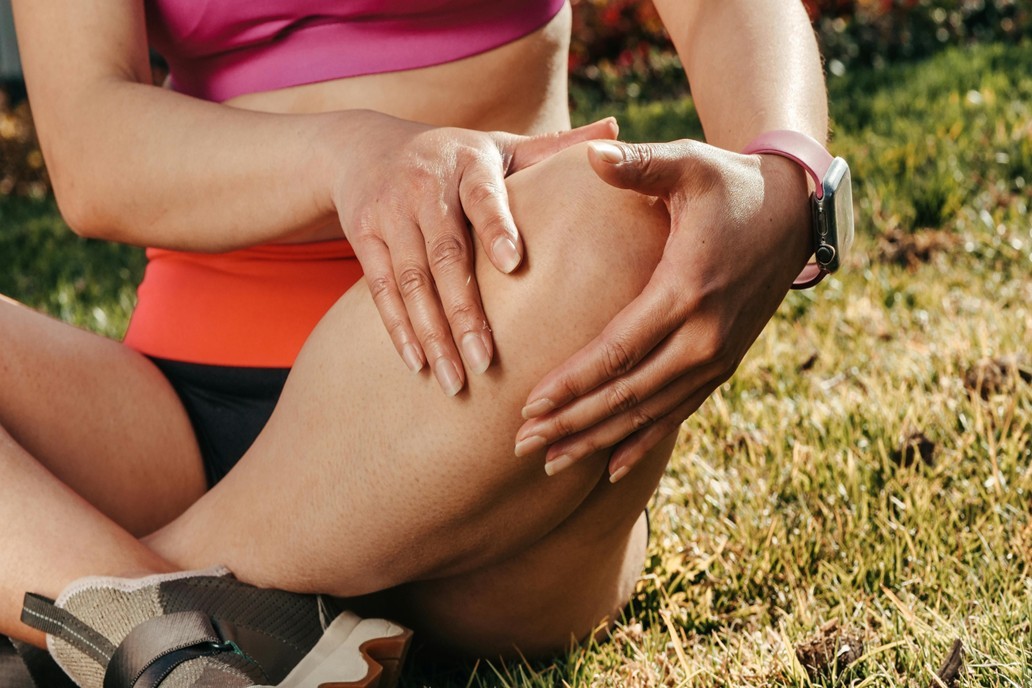Mon, June 30, 2025
Prevention programmes believe ACL injuries in women’s football can be reduced by half

Prevention programmes, such as FIFA’s 11+ and the Swedish Knee Control Programme (KCP), believe that training and technology could possibly resolve frequent torn anterior cruciate ligaments (ACL) in women’s football by half or more, according to Reuters.
The neuromuscular programmes argue that if women incorporate the “hip out” warmup drill, where they lift a knee and then rotate their hip outward while walking, and other similar drills within training and warmups, ACL injuries would reduce significantly. The earlier a person incorporates such warmups, the better, according to experts in the field. Therefore, FIFA also has a children's version of its prevention programme for players under 14.
Carly McKay, Director of Research at Podium Analytics, told Reuters: “It's pretty clear that these programmes have the capacity to reduce the incidence of all lower-limb injuries, but ACL injuries specifically…
But it depends on the dose. If you do it two or three times per week, and you have to keep doing it for the duration of a season, some studies have reported up to a 70% reduction. So they work really well. The problem is you have to keep doing them.”
Women are eight times more likely to tear their ACL than men due to a combination of anatomical, hormonal, and neuromuscular factors. These include differences in knee and hip structure, hormonal fluctuations, and variations in muscle strength and landing mechanics. Even wearing the incorrect bra could put women at a greater risk of a knee injury, according to ABC News. Almost 30 female players missed the 2023 Women's World Cup due to ACL injuries.
McKay voiced: “The risk factors are so complex, because it's not just about physical training. It's about your psychological wellbeing on the day. It's about how much stress you've been under over a period of time. It has to do with the weather conditions, the pitch conditions, decision-making by an opponent -- all of those multi-factorial risks are going to affect everyone differently.”
Martin Hagglund, a professor of physiotherapy at Linkoping University, voiced: “If you have proper coaching, if you have proper non-football-specific training in terms of weight training and neuromuscular training, if you do all of this from a young age, I think the level of risk will be more comparable between boys and girls and men and women.”
Although these programmes may seem like a quick fix, it may take the athletes and coaches some time to adjust and understand the preventative exercises outlined by the programmes to ensure they are done correctly and effectively.
In terms of technology, the article highlights that shoe manufacturers now have female-specific football boots. Furthermore, GPS tracking can monitor player workload to help ensure players do not become increasingly prone to injury by overworking.
Image courtesy of Pexels.



